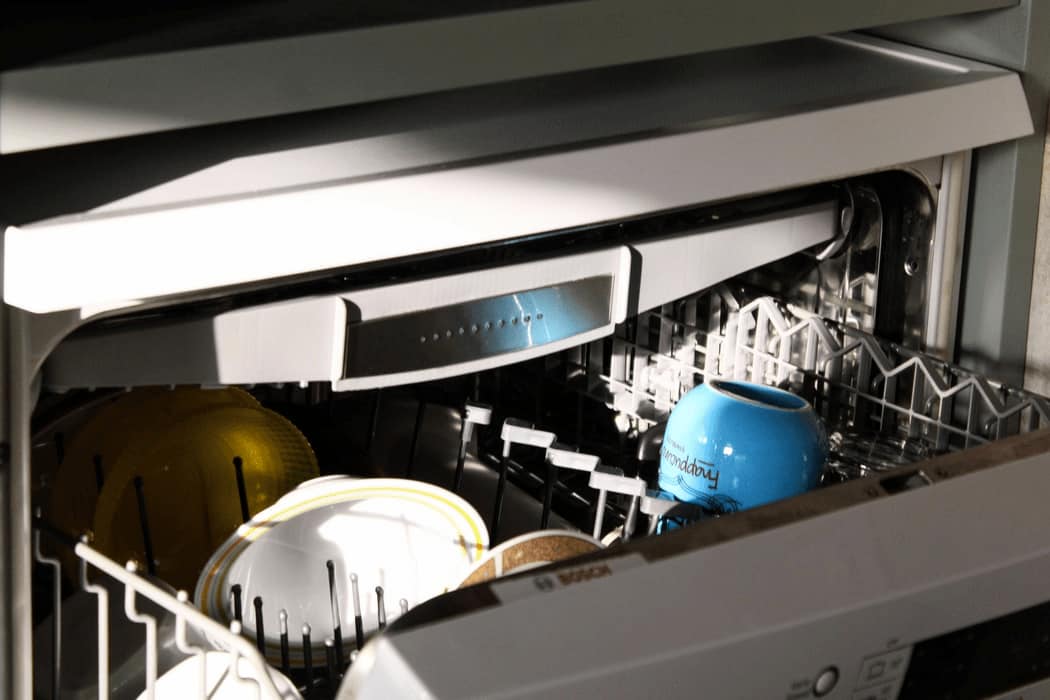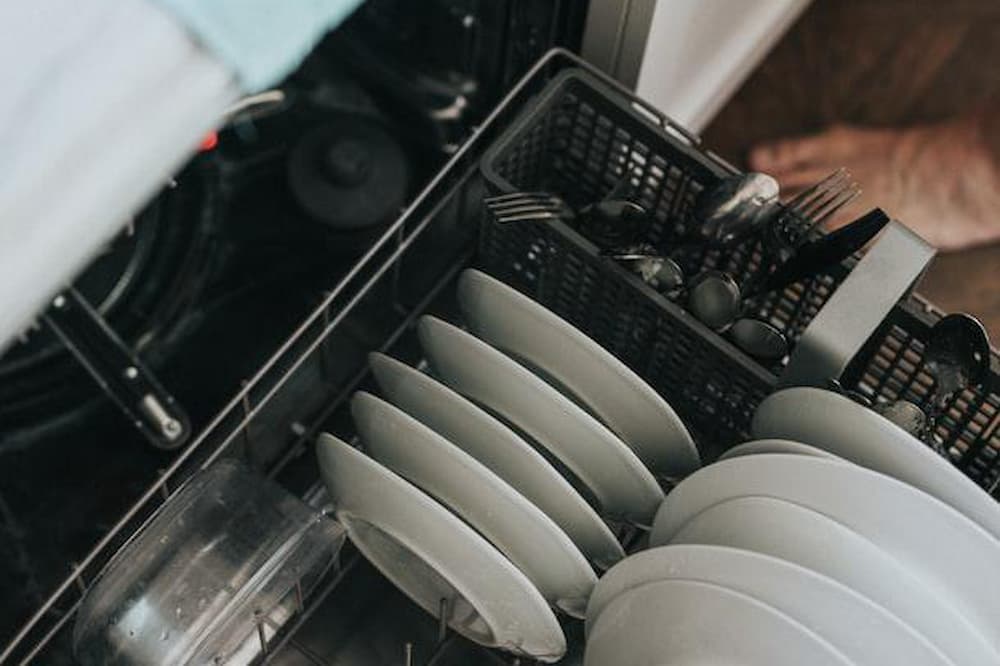* We independently evaluate all recommended products and services. If you click on links we provide, we may receive compensation.
Investing in household appliances is often a stressful task. You have questions like which brand to buy, which one will be more long-lasting, and which one is better value for money. The life expectancy of these appliances is a particularly important consideration. Dishwashers are one of the most used kitchen appliances, and one wants the very best. The lifespan, however, ranges in length depending on many factors. The average lifespan is a good marker though, and dishwashers usually last for 10 years on average. The range is usually from 8 to 15 years.
This article provides some steps that you can take to make your dishwasher last longer - maintenance and preventative measure that must be undertaken. It also discusses some factors that affect their lifespan.
- Maintenance Measures (Steps 1-5)
- Preventative Measures (Steps 6-8)
Maintenance Habits (Steps 1-5)
These steps help maintain the dishwasher for longer. These mostly pertain to repairs, maintenance, and cleaning.
Steps 1: Dump the solid food pieces before loading dishes
While most dishwashers state that a pre-rinse is not required, solid food items, bones, etc may clog the drain. They can also damage the pump or filter. Thus, scraping them off and disposing of them allows your dishwasher to last longer.
Steps 2: Clean the filter thoroughly
Food that gets stuck usually deposits in the filter. If your dishwasher comes with a food grinder then you are good. However, if you don’t then you need to manually clean it almost once every month. A huge indicator of the filter being clogged is when the wash performance has gone down or when the dishes come out gritty.
To do this, find a plastic cylinder usually located in the bottom rack. Remove the rack, take out the filter, and wash it with high-pressure water until clean. You can also use a sponge and a mixture of warm water and soap to get rid of the stubborn food. Using brushes or hard sponges is not recommended as they can end up damaging the filter.
If you find that the filter is in fact damages, has a tear or a hole then replace the filter. Using a damaged filter will allow food bits to pass through and damage the motor or pump impeller. These are more costly to repair or replace.
Steps 3: Cleaning door seal
The dishwasher door’s seal can become ineffective over time because residue and dirt collect over time. Sometimes mold, odors, and buildup also start to grow. This prevents the door from shutting properly. Therefore, cleaning the door seal once in a while is highly recommended. You can use a wet rag and some white vinegar to get the job done. Using harsher chemicals, bleach, and abrasive cleaning supplies is not recommended as they ruin the stainless steel door and the tub.
Steps 4: Remove hard water buildup
Living in places with hard water means that the water supply in the taps contains mineral films and other deposits. These often appear as cloudy films on the inside of the dishwasher and the dishes. The racks may also close with more difficulty than usual. Using a citric acid cleaner clean the deposits every month. You can also use regeneration salt to soften the water if the area you live in has hard water. This also prevents the accumulation of mineral deposits.
Steps 5: Inspect the wash arms
The dishwasher’s spray nozzles or wash arms get often become blocked and damaged. Food and debris can get stuck inside which need to be removed gently with a pipe cleaner or even with a toothpick. In case the spray arms need to be removed, gently tug at the bottom one. The center one, however, needs to be unscrewed located at that top rack.
Here’s a video that can further help you understand how to clean a dishwasher:
Preventative Measures (Steps 6-8)
The following steps help minimize damages to the dishwasher. These tell you when to be cautious. It is important to avoid these mistakes so that your dishwasher lasts longer.
Steps 6: Rustproofing racks
Sometimes the plastic racks start wearing off, that is the coating becomes old. This is a sign for you to get a replacement or repaint the coating with vinyl paint. If left unrepaired, they can start to corrode. The corrosion can then enter the pump as rusty metal.
Steps 7: Avoid overloading
Use your dishwasher sparingly and consciously. Do not overload it by adding too many dishes in it at one time. This will limit the water spray and the dishes will not be properly cleaned. You will most likely have to wash them again, which means you will have to use the machine again. Running the machine excessively will also lead to a lower life span. For this very reason, you should also avoid putting very few dishes. This will wear out the mechanical parts more.
Steps 8: Dishes only
Don’t fall prey to online videos or blogs that suggest washing objects such as car parts or decoration pieces in a dishwasher. Dishwashers and their detergents specifically cater to only washing dishes. Decoration pieces for instance could be greasy and will damage the unit because of the grease or other grime found on the pieces.
When is it time to replace your dishwasher?
Keep an eye out for certain indicators for when a dishwasher is about to give up on you. It's good to plan so that when your dishwasher is close to its end, you already have a replacement. The following are some signs that you can look out for:
- When the dishes are coming out partially cleaned. While this could be because of other factors but consistent decline in its efficiency means that it's time to invest in a replacement.
- When the water stops heating or when the wash cycle has dispensed no water.
- Strange sounds coming from the dishwasher are also an indicator of its last stages. They are often because the pump or motor needs to be repaired. However, repairing sometimes is as expensive as a new one.
- If it no longer drains water from the bottom after a wash cycle.
- When the door latch breaks. A repair can often work too but if it is old, then it might be best to invest in a new one.
- If the dishwasher starts to leak and leave a puddle of water on the floor after a wash cycle. The leaks can either be because of a damaged door gasket or a crack in the body.


